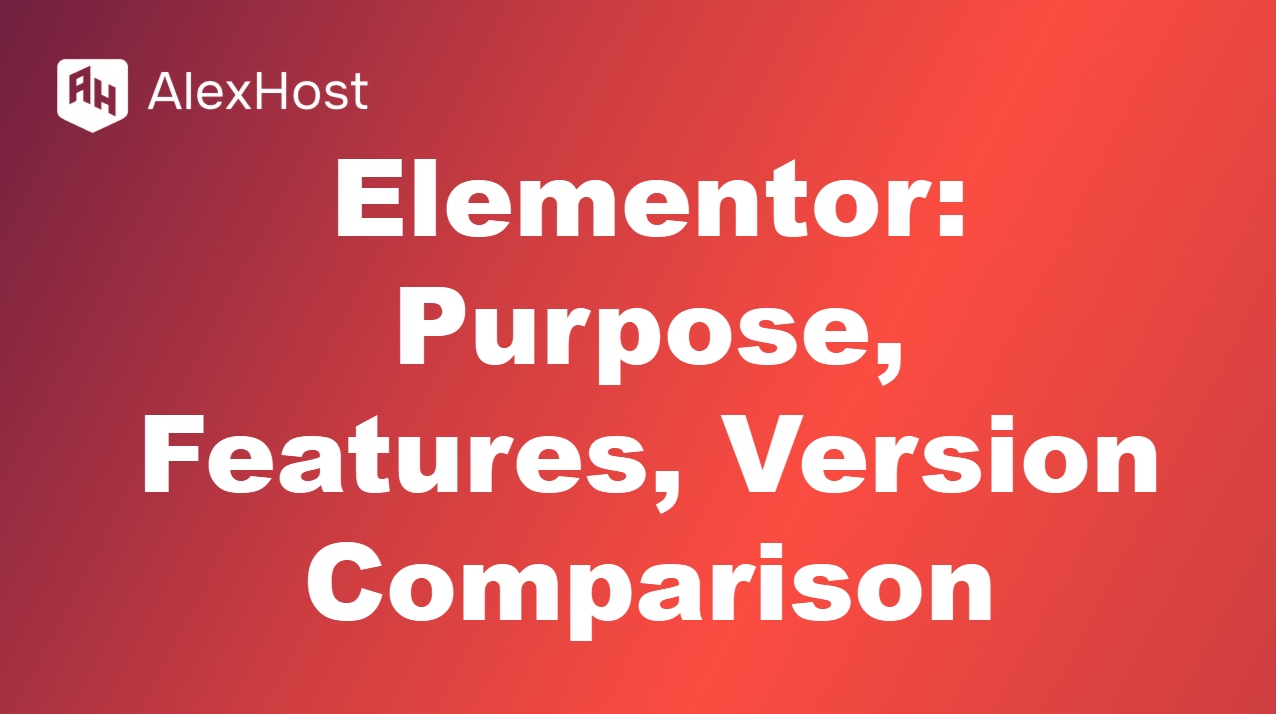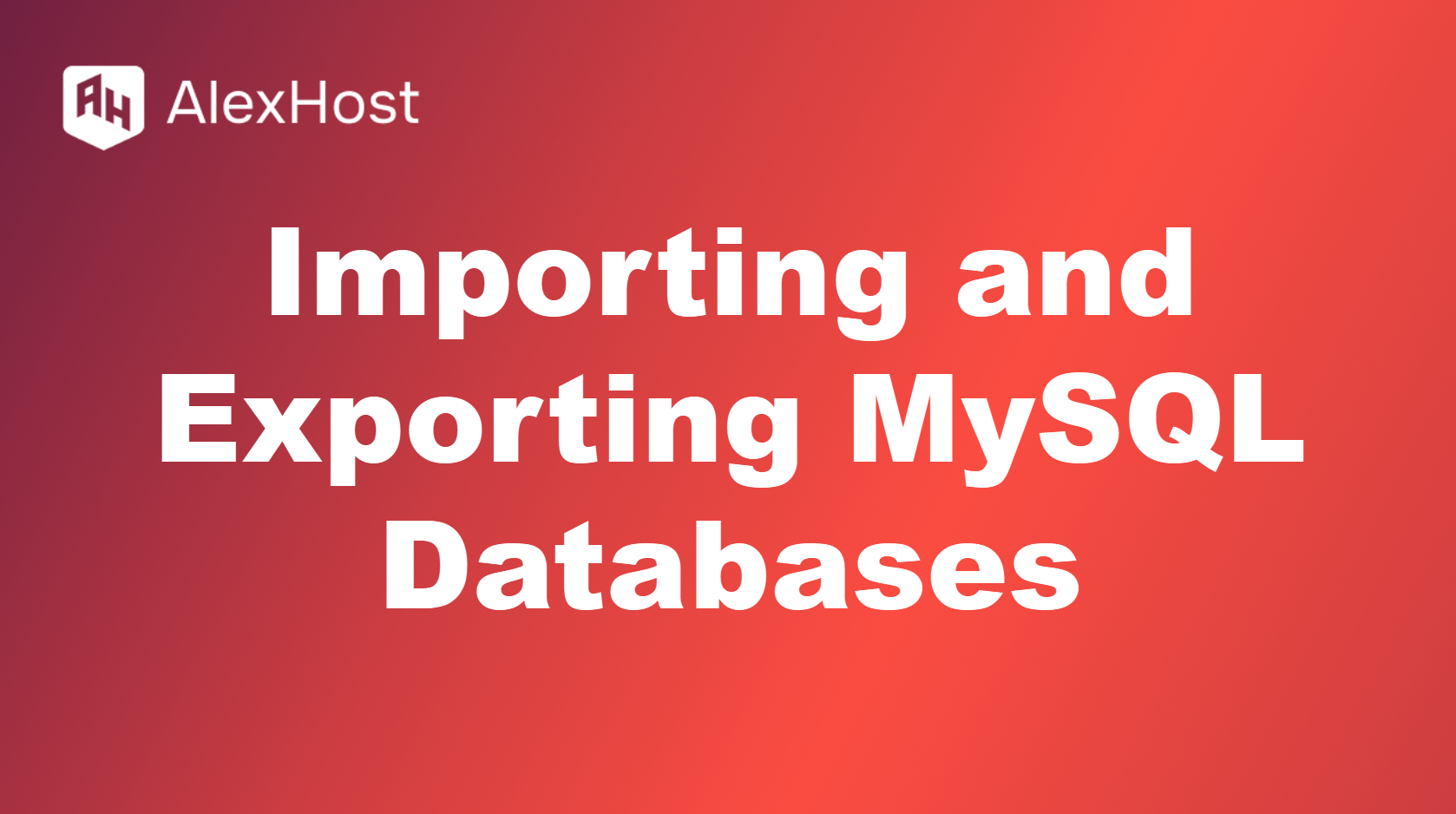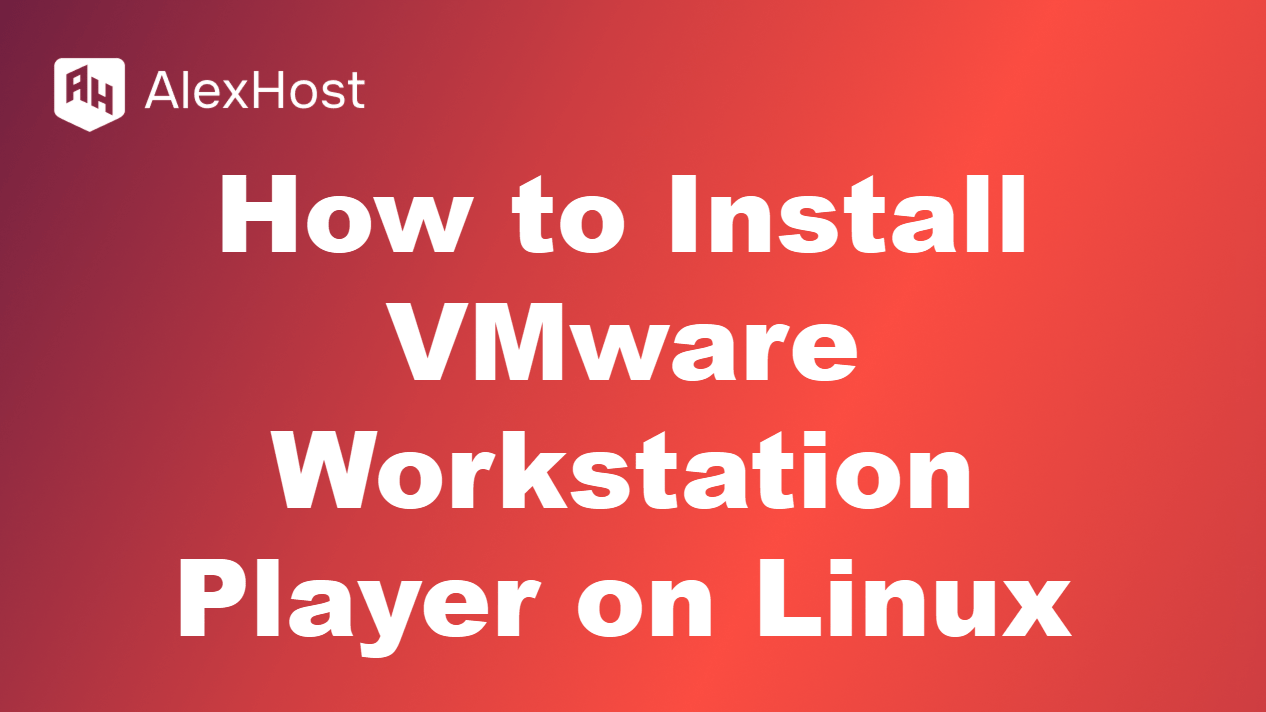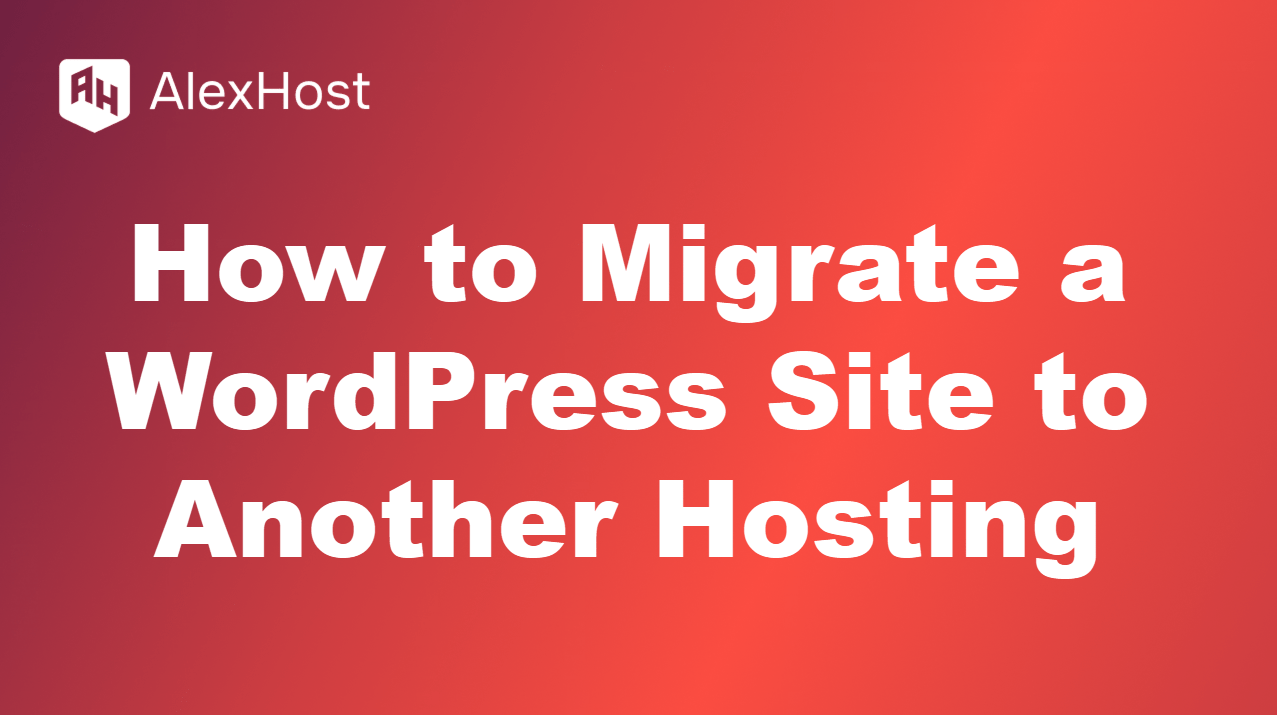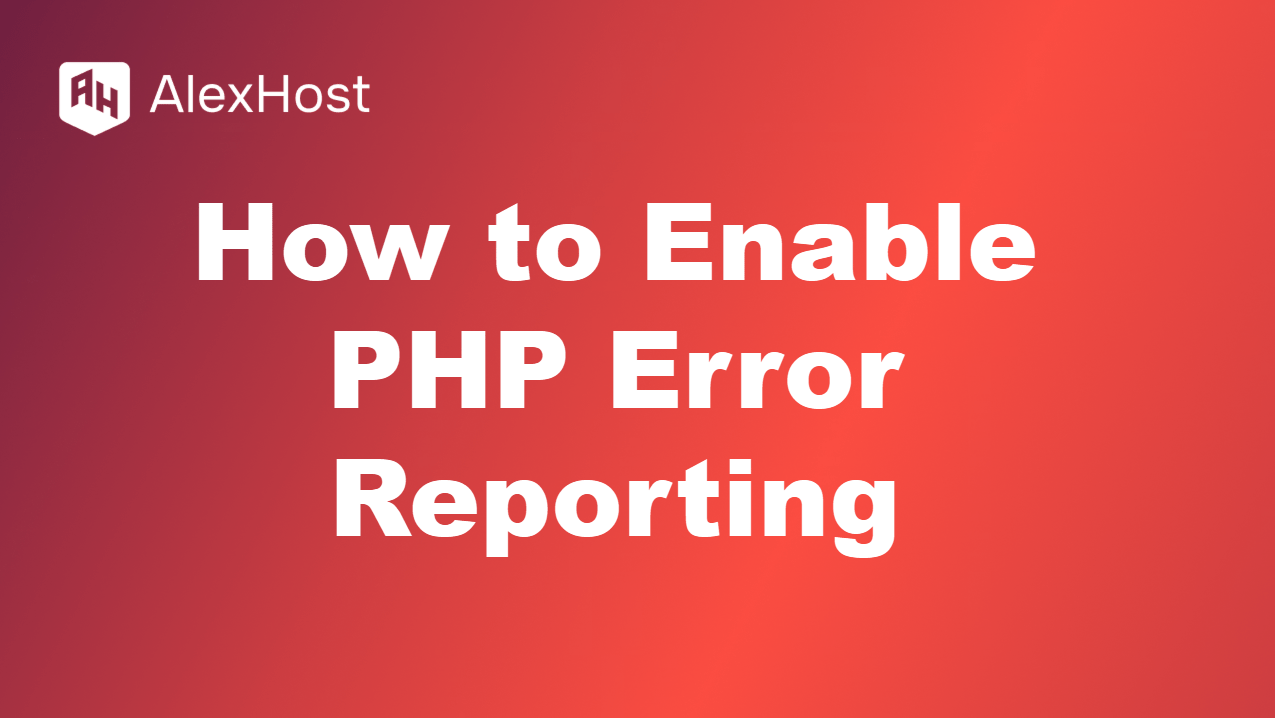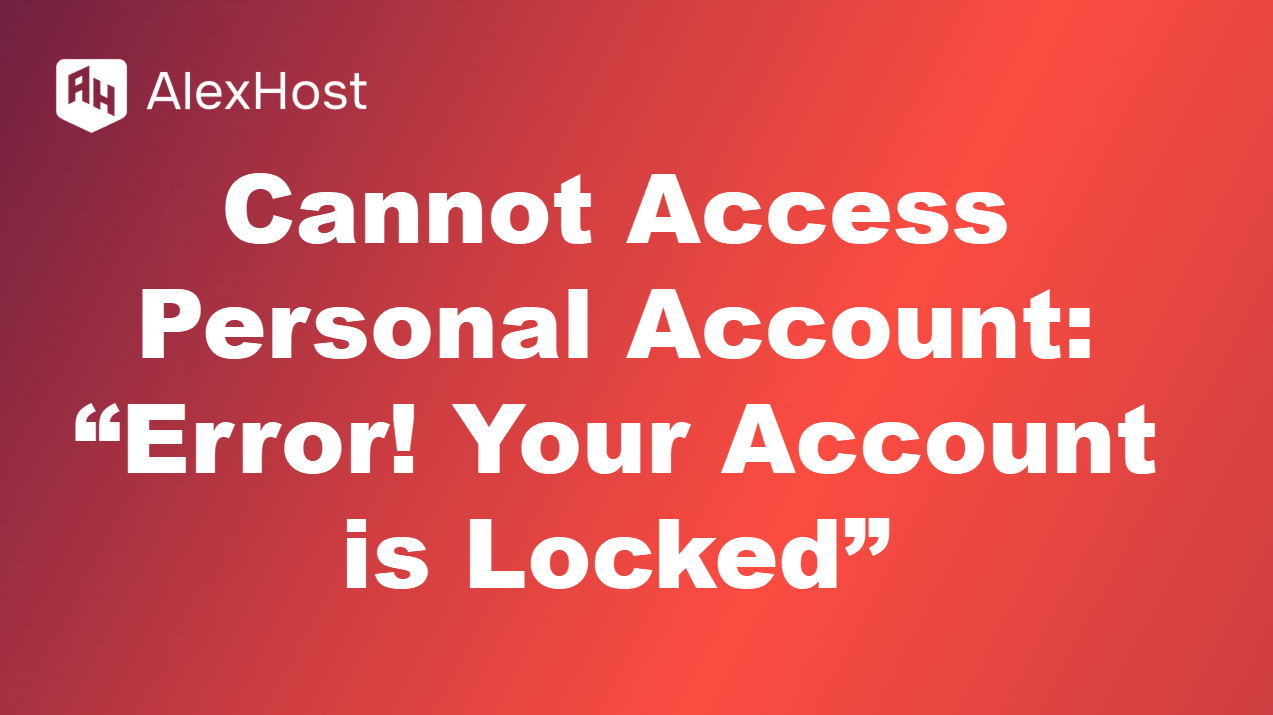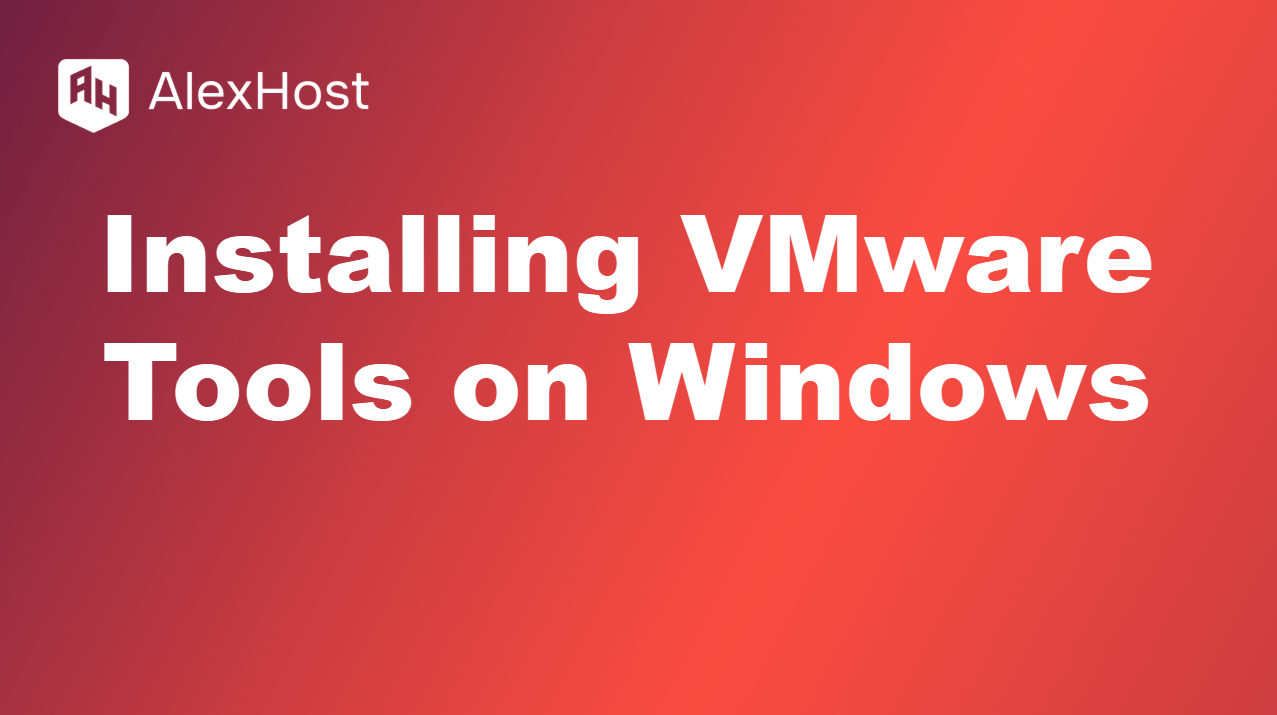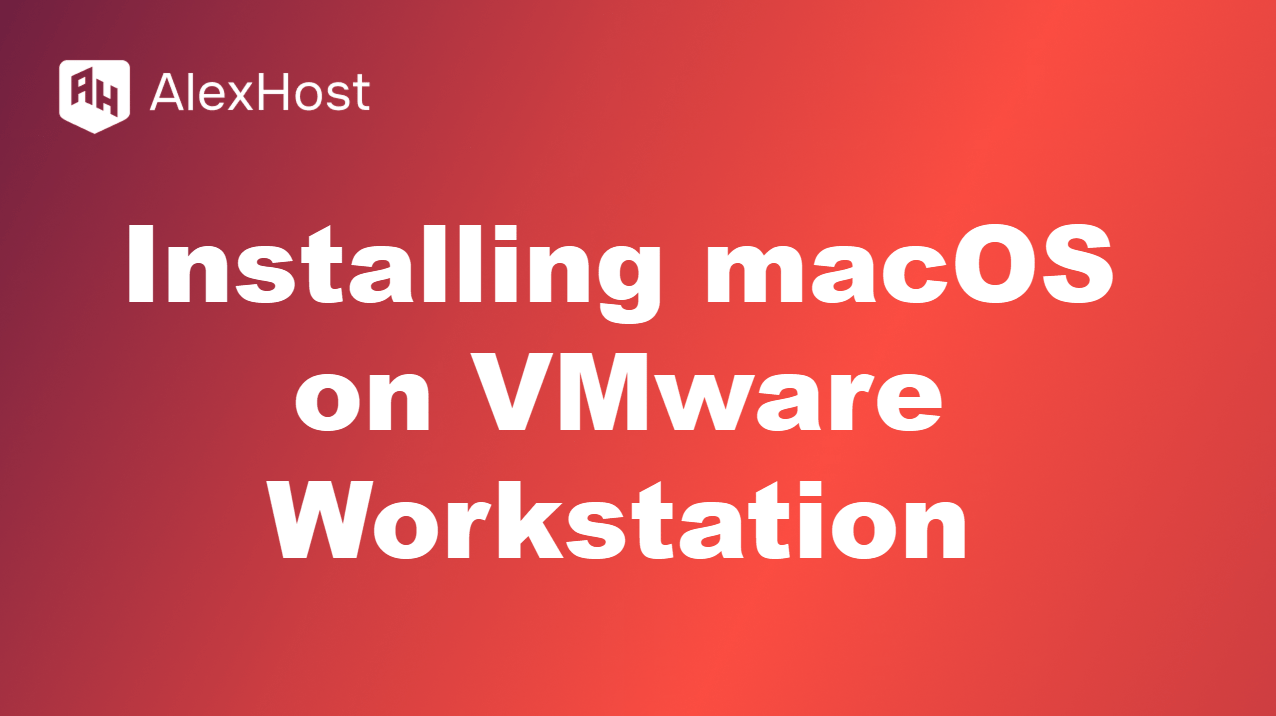Elementor is a popular WordPress page builder that enables users to create stunning, responsive websites with ease. Known for its drag-and-drop interface, Elementor allows users—regardless of their technical skills—to design custom layouts without writing a single line of code. This article will explore the purpose of Elementor, its key features, and a comparison of its […]
Securing your website with an SSL certificate is essential for protecting user data and enhancing trust. Many hosting providers and services offer free SSL certificates, making it easy for website owners to enable HTTPS. This guide will walk you through the steps to order and install a free SSL certificate using Let’s Encrypt, a popular […]
Import and Export MySQL Databases on AlexHost VPS Why manage MySQL imports and exports on AlexHost?Efficient database management ensures reliability, scalability, and security for any web application. Whether you’re backing up data, migrating between servers, or transferring databases across environments, AlexHost’s VPS with NVMe storage, LiteSpeed, and root access provides the ideal infrastructure for fast […]
VMware Workstation Player is a free virtualization software that allows users to run multiple operating systems on a single physical machine. It’s ideal for testing, development, and running different OS environments. This guide will walk you through the steps to install VMware Workstation Player on a Linux system. 1. System Requirements Before you begin, ensure […]
Building a website starts with a strong foundation, and choosing the right hosting provider is just as important as selecting the ideal CMS. AlexHost’s VPS Hosting provides the flexibility, speed, and reliability you need to power any CMS, whether it’s WordPress, Joomla, Drupal, or Shopify. With full root access, SSD storage, and robust DDoS protection, […]
Optimize PHP Performance with PHP-FPM on Your AlexHost VPS Why use PHP-FPM on AlexHost? PHP-FPM (FastCGI Process Manager) turbocharges PHP-based websites like WordPress or Laravel, delivering faster response times and efficient resource use. AlexHost’s VPS, with NVMe storage, full root access, and DDoS protection, is the perfect platform to run PHP-FPM, ensuring your applications handle […]
Debugging and maintaining your PHP applications is seamless when hosted on a reliable platform. AlexHost’s VPS Hosting provides the perfect environment for PHP development, offering full root access, customizable configurations, and high-performance servers. Whether you’re enabling error reporting for debugging or optimizing your application for production, AlexHost ensures stability and flexibility for all your development […]
Protecting your online presence starts with choosing a hosting provider that prioritizes security. AlexHost’s VPS Hosting is designed to provide flexibility and enhanced security, ensuring that your data and accounts remain safe from unauthorized access. With full root access, DDoS protection, and reliable performance, AlexHost gives you the confidence to manage your accounts and services […]
Install VMware Tools on AlexHost VPS for Enhanced Windows VM Performance Why install VMware Tools on AlexHost? VMware Tools boosts Windows VM performance with better graphics, mouse integration, and features like shared folders. AlexHost’s VPS with NVMe storage, root access, and DDoS protection provides a fast, secure platform for VMware VMs. This guide covers installing […]
Installing macOS on VMware Workstation allows users to run macOS as a guest operating system on a non-Mac hardware setup. This process is often used for development, testing, or educational purposes. However, it’s important to note that running macOS on non-Apple hardware may violate Apple’s End User License Agreement (EULA). This guide will provide you […]







